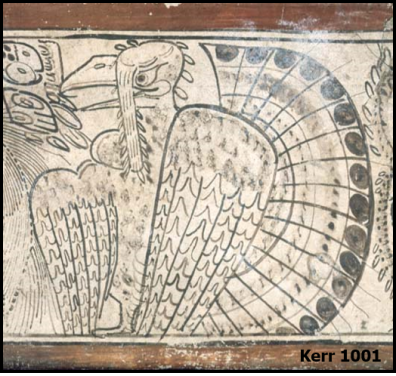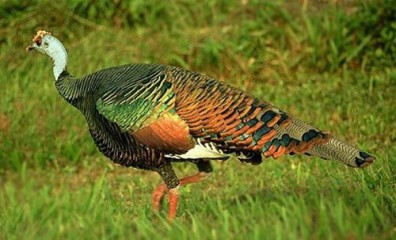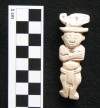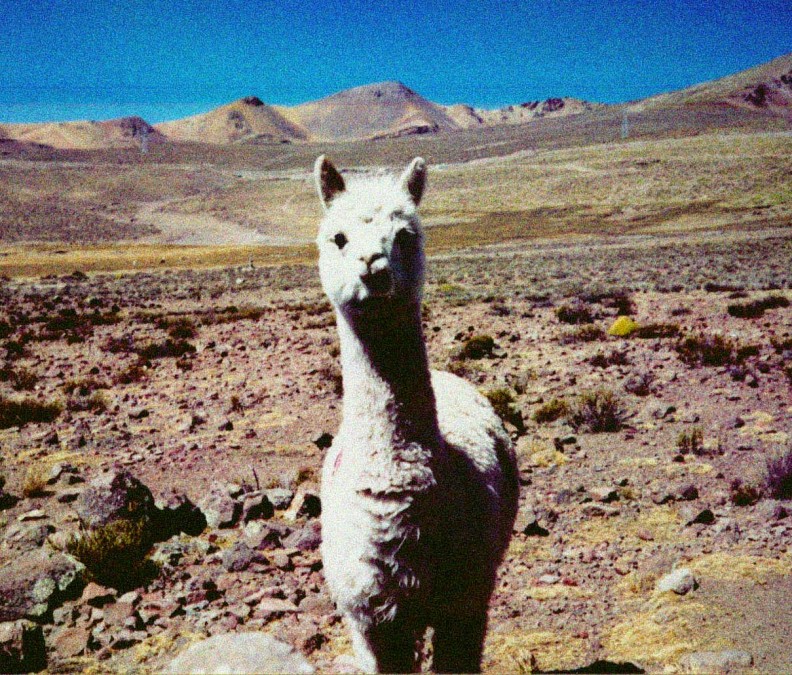Current Research
Ancient Maya Turkey Husbandry (Co-Director: Kitty Emery – Florida Museum of Natural History)
With funding from the National Science Foundation, we are re-examining the timing, process and practice of ancient turkey husbandry in the Maya lowlands. This research builds upon the recent identification of non-local southern Mexican turkey (Meleagris gallopavo) at a Preclassic Maya site, which pre-dates previous known examples by over 1000 years (Thornton et al. 2012, PloS One). The research is multi-disciplinary and integrates zooarchaeological, isotopic and aDNA analyses. Through these methods, we are assessing: 1) when non-local Meleagris gallopavo was first introduced to the ancient Maya and when it was widely adopted, and 2) whether the ancient Maya also maintained captive populations of the wild ocellated turkey (Meleagris ocellata), which is native to the Maya region. This research is important to interpretations of Mesoamerican animal domestication, subsistence systems, and long-distance exchange connections.
Maya Animal Use and Exchange
Through combined zooarchaeological and strontium isotope (87Sr/86Sr) analyses I am investigating faunal resource exchange among the ancient Maya. Preliminary results demonstrate that faunal resource exchange was more extensive than previously recognized in terms of both the quantity and diversity of goods being circulated (Thornton 2011 – J. of Arch. Science).
I also have on-going affiliation with two archaeological projects in Petén, Guatemala. At the sites of Cancuen (PI: Arthur Demarest – Vanderbilt University) and Motul de San Jose (PIs: Antonia Foias – Williams College, Kitty Emery – Florida Museum of Natural History) I am continuing to research bone and shell artifact production, and how the acquisition and distribution of natural resources intersects with socio-political relationships within and between sites.
I will also begin analyzing the faunal remains from the Late Preclassic center of El Mirador in summer 2015.
Economy and Identity at Tiwanaku Settlements in Southern Peru (PI: Susan deFrance, University of Florida)
Llamas and alpacas were a subsistence and economic maninstay of Middle Horizon (AD 600-1000) and more recent cultures in the Peruvian Andes. However, despite their economic and cultural importance, prehistoric foddering practices and the location of pasturing locations are not well known. Through stable isotope analysis, we are therefore investigating herd management practices including pasture elevation, the import of non-local animals, and whether domestic camelids used for ceremonial purposes were managed separately or fed distinct diets. This line of inquiry contributes to an understanding of the economic networks established by colonists of early expansive states systems. (see previous publication Thornton et al. 2011)
Additional research is on-going in collaboration with my current graduate students.
You may also wish to check out my publication and faculty pages.



